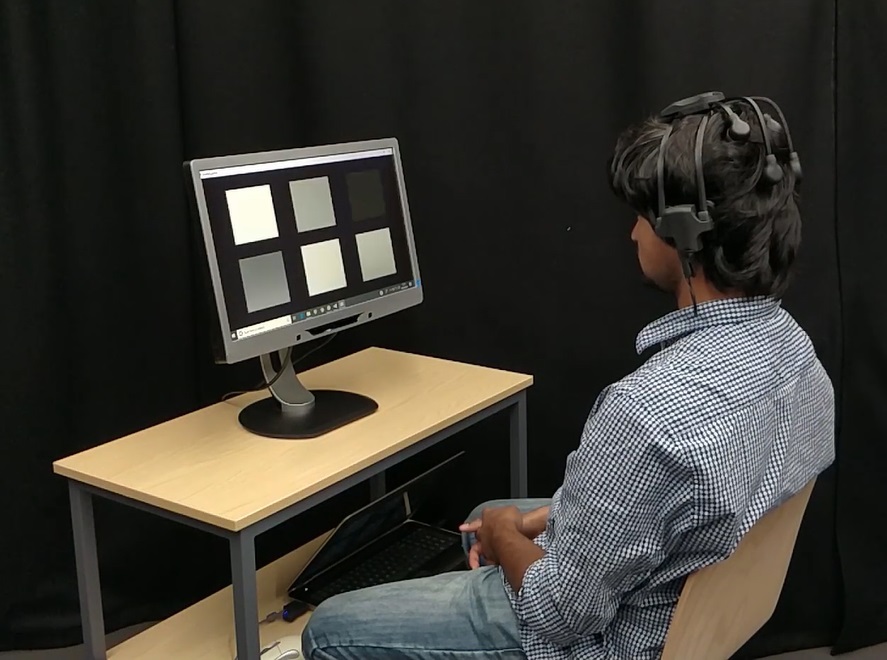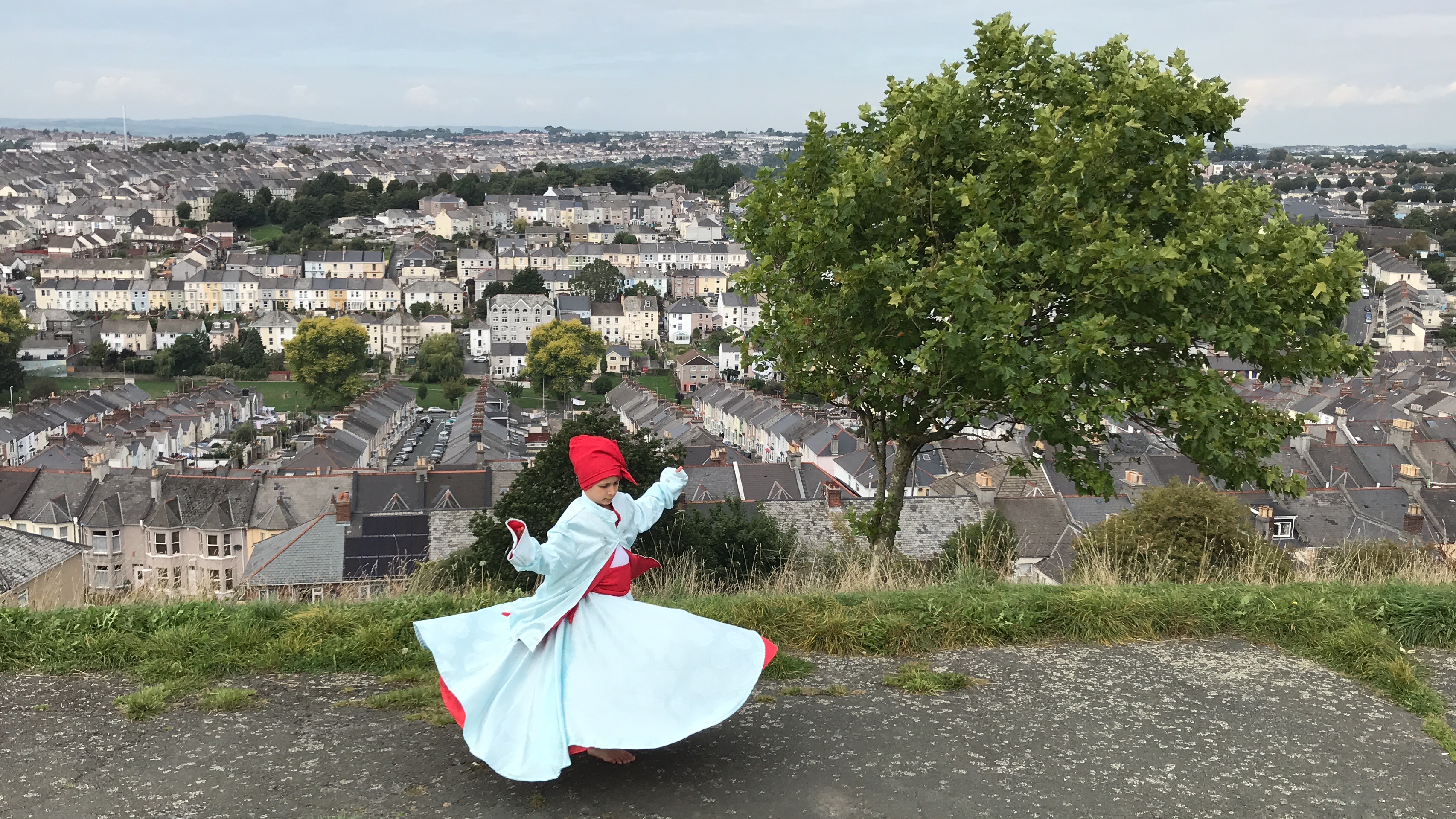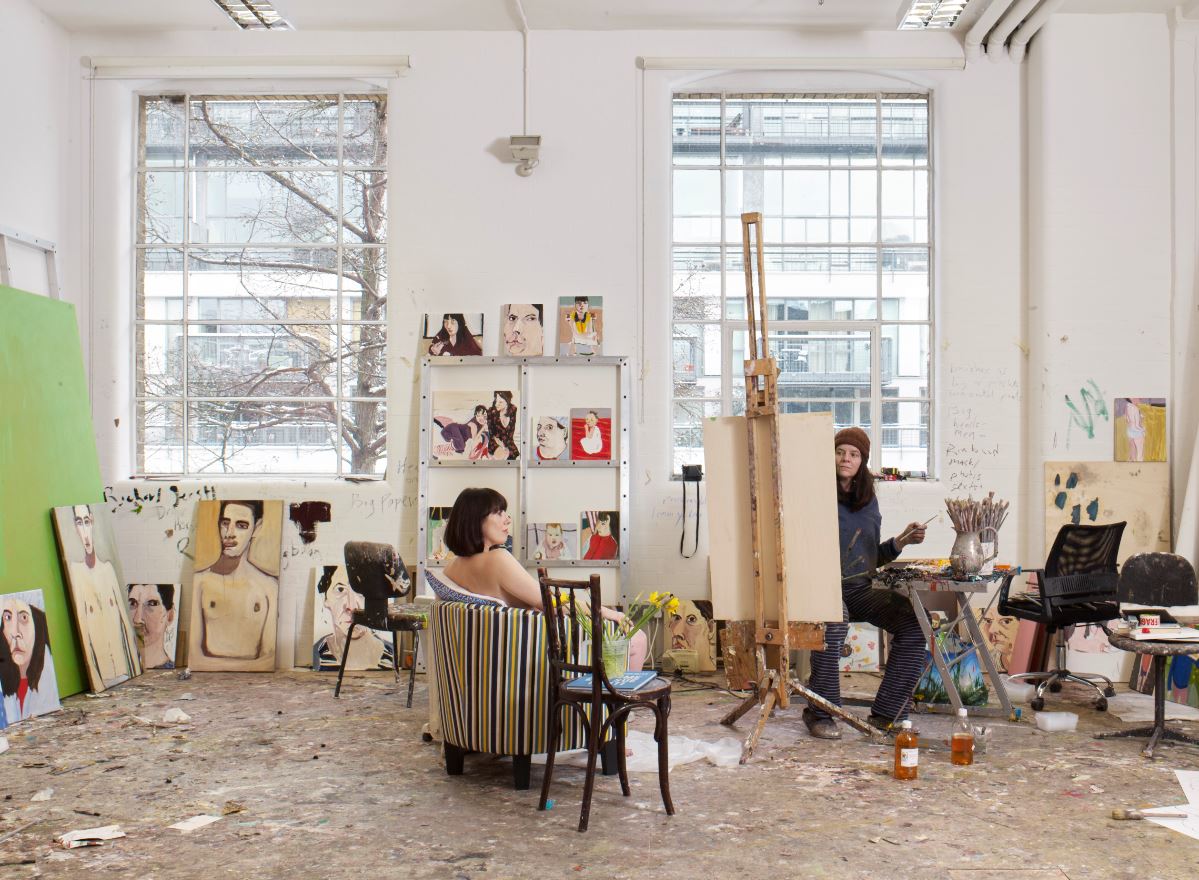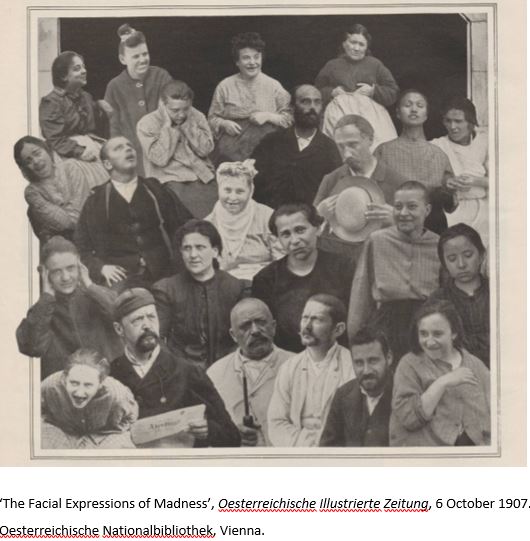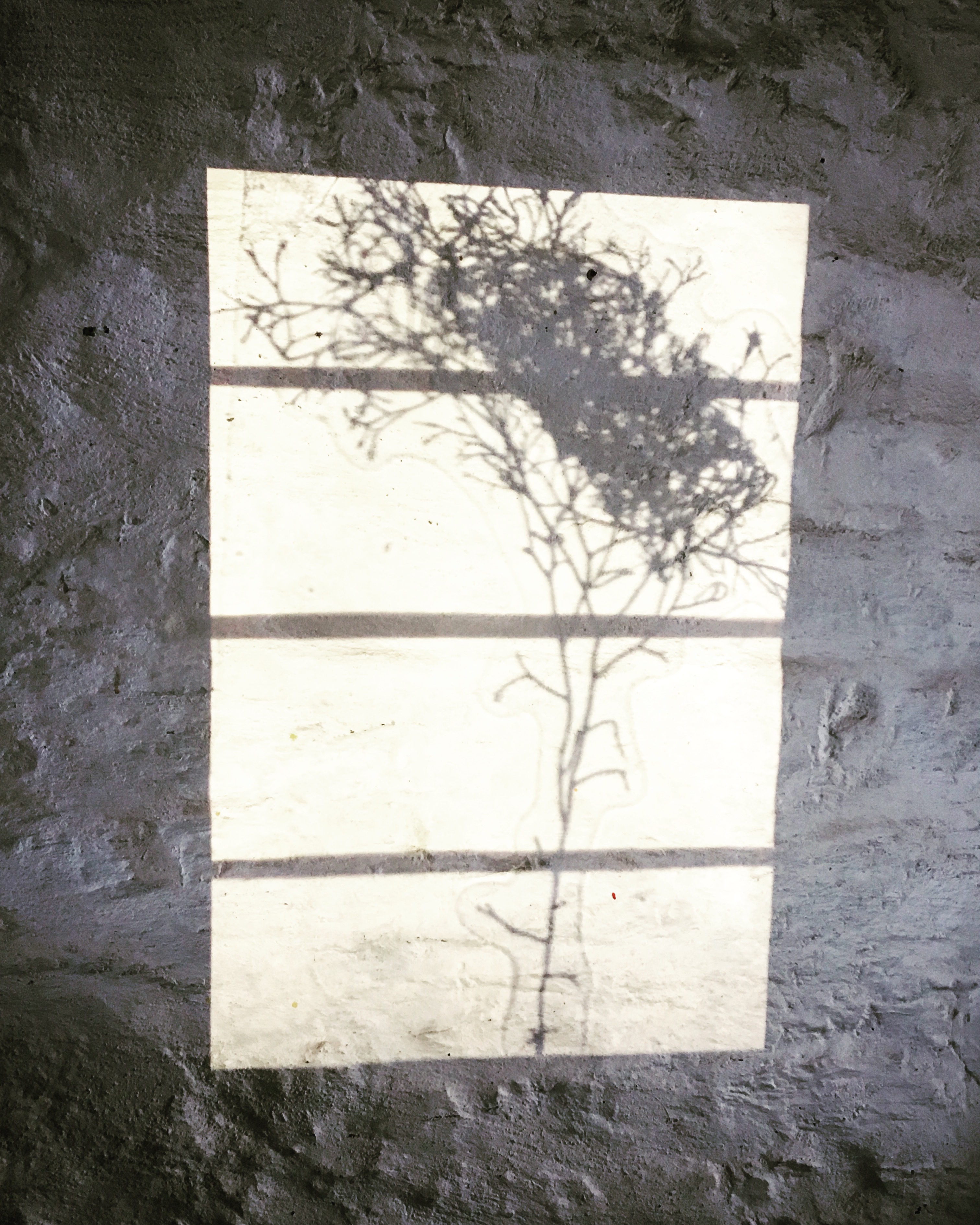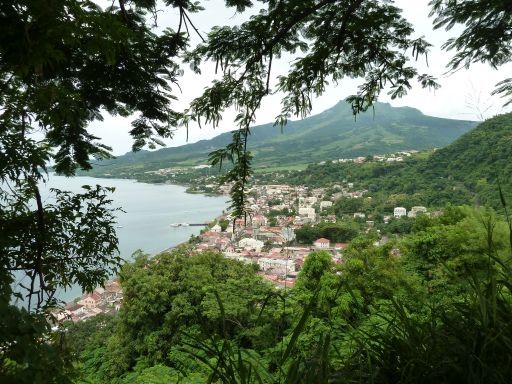James Sweeting, Associate Lecturer Game Arts and Design and PhD Student with Transtechnology Research, writes: The relationship between videogames and music is one that has developed significantly over the few decades that the videogames medium has been around for. During the early stages of the existence of videogames, music did not extend much beyond simple electronic sounds.… Continue reading Relative Nostalgia and the Revival of Past Aesthetics in Videogames
Category: Feature articles
Short essays about research and being a researcher in the arts and humanities.
Editorial acts of judgment
(Image credit – Special Collections, University of Plymouth) With the publication of Judgment in the Victorian Age, an edited collection published by Routledge recently, bringing together essays from the conference which was organised by the research cluster, PUNCS (Plymouth University Nineteenth-century Studies), on the very day of the Brexit vote (23 June 2016),… Continue reading Editorial acts of judgment
Book Review: “Red Hot Mama: The Life of Sophie Tucker”
Red Hot Mama: The Life of Sophie Tucker. By Lauren Rebecca Sklaroff. University of Texas Press, 2018. 275 pp., ISBN 978-4773-1236-0 (hc). reviewed by Roberta Mock Sophie Tucker was an entertainer. It’s not a term we use much anymore. We now tend to use words like celebrity – and she was certainly that too. In… Continue reading Book Review: “Red Hot Mama: The Life of Sophie Tucker”
Brain-Computer Music Interfaces for applications that will benefit patients as well as musicians
Satvik Venkatesh, ResM Computer Music degree student, writes: Brain-Computer Music Interfaces is an Interdisciplinary Centre for Computer Music Research (ICCMR) project, which explores the development of brain-computer interfaces (BCIs) for musical applications. Conventionally, in order to operate musical systems and instruments, we require muscular power in some form or the other. BCIs aim to… Continue reading Brain-Computer Music Interfaces for applications that will benefit patients as well as musicians
Dervish Sound Dress – wearable technology for a unique musical journey
Hedy Hurban (Postgraduate Research Student, Computer Music) writes: The realm of my thesis combines the areas of computer music, fashion design, digital art, smart clothing, biometrics, cultural traditions and performance. Dervish Sound Dress is a wearable piece of technology; a garment that is inspired by the sacred ‘turning’ experience of the Whirling Dervishes… Continue reading Dervish Sound Dress – wearable technology for a unique musical journey
Mother Figure (On Being Painted by Chantal Joffe)
The following was written by Gemma Blackshaw, Professor of Art History, for the major exhibition Chantal Joffe: Personal Feeling is the Main Thing at The Lowry, Salford (19 May – 2 September 2018), which displayed new and recent paintings by Joffe alongside paintings by Paula Modersohn-Becker. Sunday 11 March I woke for the first… Continue reading Mother Figure (On Being Painted by Chantal Joffe)
‘Crazier than I am, or crazier than I look?’ Egon Schiele’s Self-Portraits
Gemma Blackshaw, Professor of Art History, writes: More than any other image, the self-portrait declares the artist as the subject of the work of art, and the work of art as the means by which we might know him (my use of the masculine pronoun is deliberate here), in all his creative, spiritual and sexual… Continue reading ‘Crazier than I am, or crazier than I look?’ Egon Schiele’s Self-Portraits
Feature: Artists residency at Plymouth Arts Centre
By Rachael Allain I was awarded an artists residency at Plymouth Arts Centre, PAC Home, Batter Street studio between March and June 2017. The opportunity provided an invaluable space to develop my artistic practice and on-going research concerned with the realm above and below the pelagic/marine horizon. The studio space acted as a testing ground… Continue reading Feature: Artists residency at Plymouth Arts Centre
Feature: Gauguin’s ghost in Martinique
BY FIONA SAINT At the age of thirty-nine, the artist Paul Gauguin lived for around five months in an abandoned slave hut on the Caribbean island of Martinique. He later wrote: I had a decisive experience on Martinique. It was only there that I felt like my real self, and one must look for me… Continue reading Feature: Gauguin’s ghost in Martinique
Feature: Union is strength: the language of union in British radicalism c.1815 – 1850
BY JAMES GREGORY The recent international conference, ‘Union and Disunion in the Nineteenth Century’ held at the University of Plymouth (22 – 23 June 2017) looked at union and disunion from the level of families separated by mental health or poverty, through the local history of Union Street and the union of the three towns… Continue reading Feature: Union is strength: the language of union in British radicalism c.1815 – 1850




